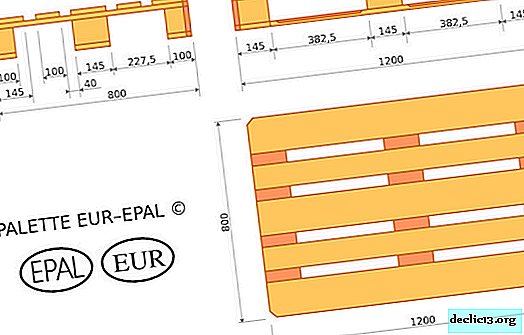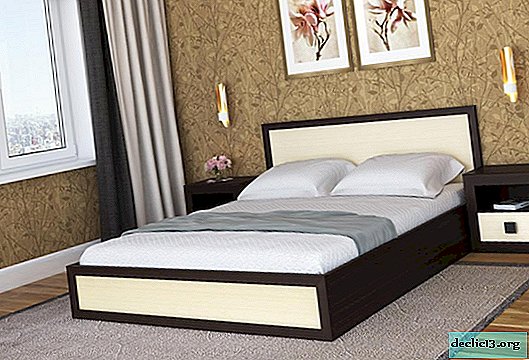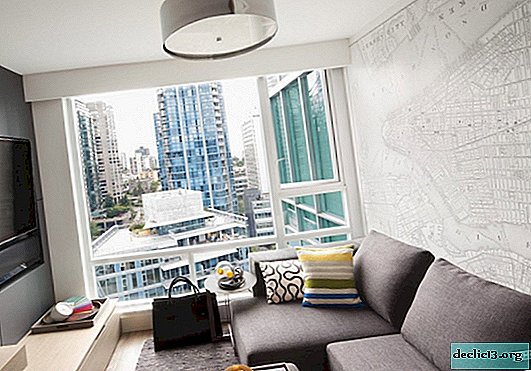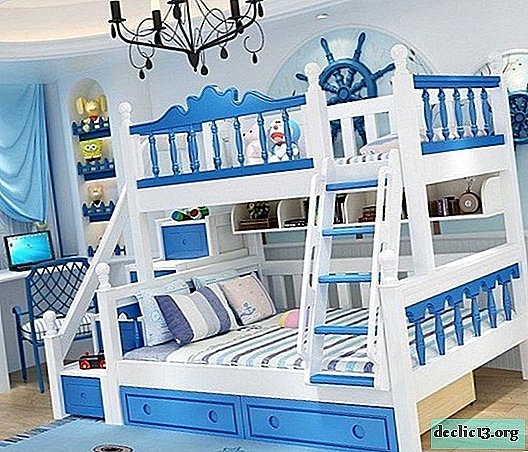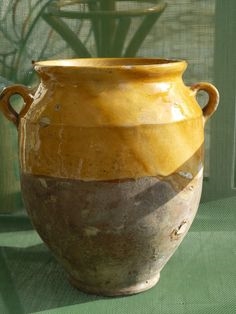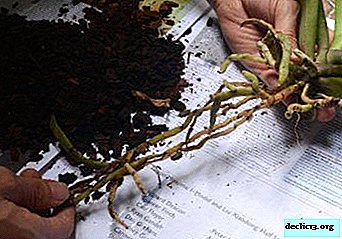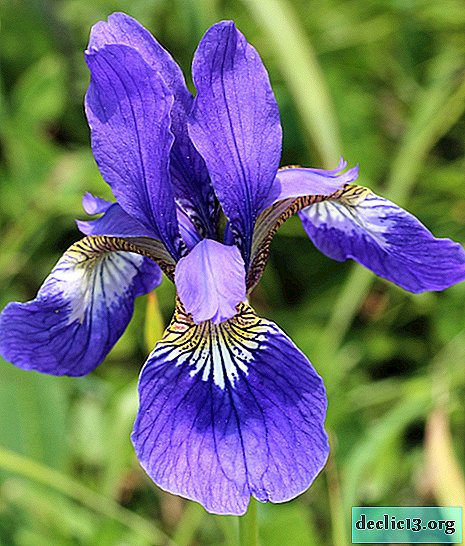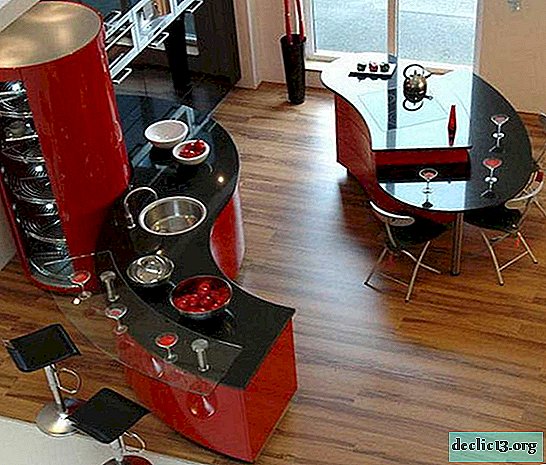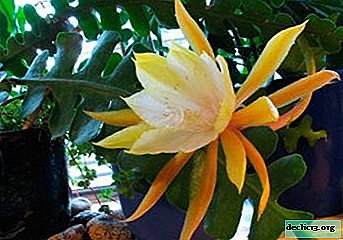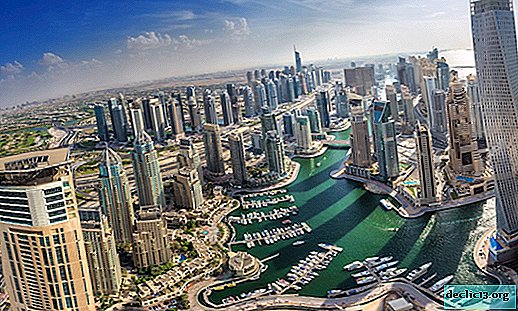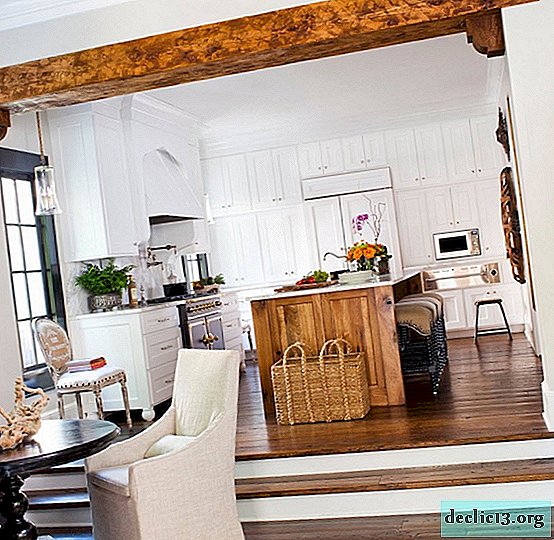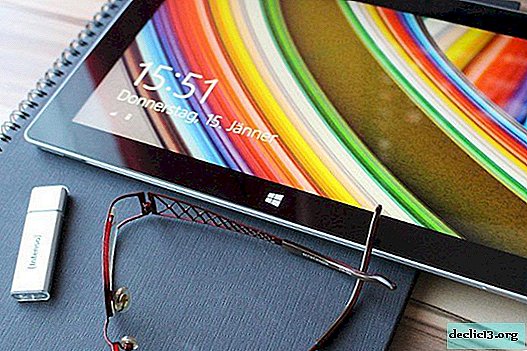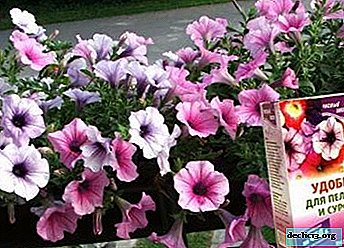Schönbrunn Palace: useful information about the castle in Vienna
Schönbrunn Palace is the summer castle of the royal Habsburg dynasty in Vienna, today it is one of the most important cultural monuments in Austria. In 1996, this palace complex, made in the Baroque architectural style, was included in the list of UNESCO heritage sites. It is noteworthy that Schönbrunn consists not only of the palace itself, but also of a large-scale park with a botanical garden, fountains and labyrinths. Here is the oldest zoo in Europe.
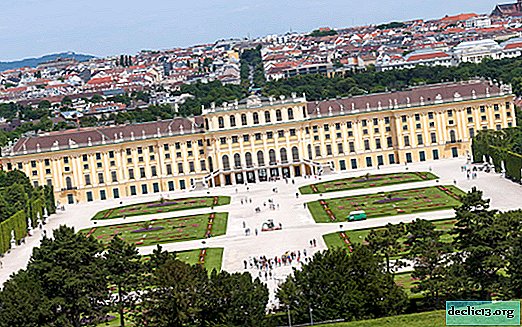
In total, there are 1,141 rooms in Schönbrunn Castle in Vienna, which are represented by halls and offices, galleries and apartments. About 200 of them are currently rented by private individuals, and tourists can look at 40 indoor premises as part of the tour. The park, which spreads over an area of more than 1 km², has some attractions in the form of historical buildings, museums, greenhouses and sculptures. It is impossible to completely go around this palace complex in a couple of hours, so it is worth taking at least a whole day to get to know the object.

History reference
Until the end of the 16th century, the lands where Schönbrunn Castle would rise after more than a hundred years belonged to the burgomaster from Vienna, who later decided to sell the possessions to the Austrian Emperor Maximilian II. At that time, the sovereign wants to use this area for hunting and bird farms and orders to build a reserve here. At the beginning of the 17th century, springs were discovered on its territory, in whose honor the palace was named (German Schöne Brunnen - "Beautiful Springs").

The first residence on these lands appears in 1643: for some time the building serves as a place of solitude for the widowed wife of Ferdinand II, and then passes into the possession of their daughter. However, during the Battle of Vienna (1683), the estate was almost destroyed by troops of the Ottoman Empire. At the end of the 17th century, the reigning emperor Leopold I, who had long dreamed of erecting a castle to match the Palace of Versailles in France, began construction work on the site of the ruined residence. But the construction of the building ended only in 1705, when the emperor had already passed away, and Schönbrunn passed on to his son Joseph I. But not for long.
In 1728, the emperor Charles VI becomes the owner of Schönbrunn in Vienna, but uses the estate only occasionally for hunting. In the end, the sovereign decides to give the palace to his heiress Maria Theresa, whose arrival marked the beginning of the heyday of Schönbrunn. When it began a large-scale reconstruction of the castle: its facades and interiors were updated, and botanical gardens and a zoo appeared in the park surrounding it. The Schönbrunn that appears before us today is the exceptional merit of Maria Theresa.

With the collapse of the monarchical system (1918), the Schönbrunn Palace in Vienna becomes the property of the Austrian state. The building suffers significant damage during the 1945 bombing, and subsequently goes through restoration. At the end of the 20th century, several rooms of the castle were transformed into museums and galleries, which at times increased tourist interest in the object. Today, Schönbrunn is one of Vienna's most sought-after attractions, with up to 8 million visitors annually.
Halls and rooms of the palace
Today, visitors to the Schönbrunn Castle in Vienna have a great opportunity to get acquainted with the life and life of the imperial Habsburg dynasty. Tourists have access to 40 rooms, among which the most noteworthy are:
 Guards Hall
Guards Hall- Hall of the Guards. The guardsmen of the emperor Franz Joseph, who guarded the sovereign chambers, once served in this room. Today, in the center of the room, decorated with paintings and crystal chandeliers, you can see mannequins in military uniforms, as well as a traditional ceramic stove, which heated the room until 1992.
- Walnut room. Its interior is primarily distinguished by decoration and furniture made of walnut wood. Large mirrors, original tables and gilding are traditional attributes of the Rococo style that dominated Austria in the 18th century.
- The cabinet of Franz Joseph. The simple and modest decoration of the emperor’s cabinet contrasts sharply with the pompous decor of other halls of the palace. Its walls are decorated with numerous paintings and family photographs.
- Western office with terrace. The room leading to Elizabeth’s apartment features portraits of the two daughters of Maria Theresa. Both girls died at an early age due to smallpox, outbreaks of which were not uncommon in those years.
- Salon of Empress Elizabeth. In 1854, the interiors of the chambers were reconstructed in the Rococo style and decorated with its inherent white and gold trim. For a long time, the salon served as the reception of the empress, where she gave an audience to the petitioners.
- The bedroom of the imperial couple. The common bedroom of Franz Joseph and Elizabeth was used by them only in the first years of marriage. Rejecting the formalities of court life, Sisi traveled a lot, and the emperor was left alone. The walls of the chambers are decorated with dark blue silk, and its furniture is made of exotic rosewood.
- Room of Marie Antoinette. During the time of Elizabeth, the premises served as a dining room where members of the imperial family held informal dinners. The table is served with silverware, dishes made of Viennese porcelain and crystal. The apartment got its name from a tapestry depicting Marie Antoinette and her children, who once adorned their walls.
- Children’s. In fact, the children never lived here, but because of the numerous portraits of Maria Theresa's daughters, the room was called the nursery. The Archduke entered into marriage at the age of 19 and subsequently gave birth to 16 children, 11 of whom were girls.
- Yellow interior. This name of the salon is primarily associated with its decor. The apartment is decorated with golden silk furniture, and their walls are decorated with gilded stucco.
- Mirror Hall. Due to the reflection of light in numerous mirrors and to the brilliance of polished furniture, an illusion of unlimited space arises here. It was in this room that Mozart gave his first concert at the age of six. Celebrations were often held in the room and the ministers took the oath.
- Great gallery. One of the most magnificent rooms in Schönbrunn Castle in Vienna. The spacious hall is 40 meters long and 10 meters wide. Since the mid-18th century, it has been used for balls, festivals and banquet receptions. Decorated with gold candelabra, crystal mirrors, white and gold stucco molding and frescoes, the gallery has become one of the most prominent ceremonial chambers in the Rococo style.
- Small gallery. Built at the same time as the Grand Gallery, this castle room was used for small family celebrations during the time of Maria Theresa. The gallery is decorated with fresco, gold stucco and marble.
- Chinese offices. Near the Small Gallery are two cabinets. In the mid-18th century, they were furnished with expensive Chinese furniture, decorated with silk wall carpets and porcelain from Japan and China. It was at that time that Asian culture began to exert a great influence on interiors in European palaces.
- Carousel room. Being a hallway leading to the apartments of Maria Theresa and her husband, the chamber got its name thanks to the painting, which depicts a parade of carriages (often called a carousel), arranged in honor of the end of the First Silesian War.
- Hall of Ceremonies. Small family celebrations and public holidays were held here. The hall paintings, commissioned by Maria Theresa and reflecting significant events in the imperial family and in the country as a whole, attract particular attention.
- Room with the stallions. She received this name because of the numerous paintings depicting horses. During the 19th century, the premises served as a dining room, and today you can look at the so-called "Marshal's table", festively served for dinner by senior officials.
- Chamber Vieux Laque. Once the chamber was the private office of Emperor Franz I. When the emperor passed away, Maria Theresa decided to devote the room to the memory of her husband and transformed it into a memorial salon.
- Napoleon’s room. During the occupation of Vienna by French soldiers, Napoleon lived in Schönbrunn Palace. It was in this room that the emperor slept, and a few years later his only heir died here.
- Millionth chamber. Furnished with exotic rosewood furniture, the room served as Maria Theresa's private reception room. Small guards depicting Persian and Indian miniatures are inserted into the wooden panels on the walls.
- Red interior. The chamber received this name due to the burgundy shades prevailing in its decor. Once the salon served as the cloakroom of the Empress. Now there are several portraits of members of the Habsburg dynasty.
 Walnut room
Walnut room Western office with terrace
Western office with terrace Room of Marie Antoinette
Room of Marie Antoinette Yellow interior
Yellow interior Large gallery
Large gallery Chinese cabinets
Chinese cabinets Hall of ceremonies
Hall of ceremonies Chamber Vieux Laque
Chamber Vieux Laque Millionth chamber
Millionth chamberParks and gardens in the castle
In the photo of Schönbrunn Castle in Vienna you can often see a huge green park with alleys and gardens, monuments and fountains. It was opened to the public in 1779 and since then it has been a popular holiday destination for both residents of Austria and foreign travelers. The park is 1.2 km long from west to east, and more than 1 km from south to north. On its territory you will find many interesting sights:

- Labyrinth It was erected in Schönbrunn in 1720. It consists of paths laid between tall hedges. However, dead ends and false turns you will not find here. After all, the main purpose of this maze is to diversify an unhurried walk in the park.
- Neptune Fountain. Located at the foot of the hill behind the palace, the fountain was conceived as an element of the overall design of the park. The object was produced in the 1770s. commissioned by Maria Theresa.
- Roman ruins. The ensemble, built in 1778, harmoniously fits into the surrounding landscape of Schönbrunn. Fashion for the construction of artificial ruins originated in England in the early 18th century, but reached Austria only at the end of the century.
- Fountain Obelisk. The fountain is a pool, in the center of which stands an obelisk mounted on four turtles. In the center, a pool is decorated with a mask, and on the sides are figures of river gods with vases in their hands, from where water gushes.
- Glorietta. Skillful belvedere is the crown of the palace baroque ensemble. The central section of the building is a glazed triumphal arch, crowned by the figure of an imperial eagle sitting on a globe surrounded by trophies. The side wings of the structure are decorated with arches. Today, the building is also used as an observation deck.
- Palm House, Desert House and Citrus Greenhouse. Although these are three separate rooms, all of them are united by exotic plants brought to Vienna from warm countries and successfully cultivated in local greenhouses for several centuries.
- Zoo. When you visit Schönbrunn Palace in Austria, you will have a great opportunity to look at the oldest zoo in Europe. The once private imperial menagerie was transformed into a public zoo in the mid-18th century. Today it is home to 4,500 animals. And in 2012 he was recognized as the best zoo in Europe.
- Museum of carriages. If you are interested in seeing genuine imperial carriages, be sure to check out this small gallery.
 Neptune Fountain
Neptune Fountain Glorietta
Glorietta
Practical information

- Address: Schönbrunner Schloßstraße 47, 1130 Vienna, Austria.
- How to get there: you can get to the palace in Vienna using the subway - U4 line (exit at Schönbrunn station). Also trams (No. 10, No. 58) and bus No. 10 A go to the castle.
- Opening hours: from April 1 to June 30, and also from September 1 to October 31, Schönbrunn is open from 08:00 to 17:30. From July 1 to August 31, the castle can be visited from 08:00 to 18:30, and from November 1 to March 31 - from 08:00 to 17:00.
- Official website: www.schoenbrunn.at
Cost of visiting
| Category of persons | Imperial Tour (22 halls + audio guide) | Grand Tour (40 rooms + audio guide) |
|---|---|---|
| Adults | 14,20 € | 17,50 € |
| Children (6 to 18 years old) | 10,50 € | 11,50 € |
Useful Tips

- There are always many tourists who want to get to Schönbrunn Castle in Vienna, and in order to avoid the queues at the box office, buy tickets in special machines or in advance on the official website.
- We do not recommend taking bags or backpacks to the palace: they will have to be handed over to the storage room, which can be delayed for a long time due to bursts.
- The summer months are ideal for visiting Schönbrunn in Vienna, when you can fully enjoy a walk in the park.
- It is worth remembering that videos and photos in the Schönbrunn Palace are forbidden to shoot.
- If you want to see the most important sights of the castle, both inside and outside in one day, we strongly recommend that you arrive at the place early in the morning for the opening.
- A train runs from 10:00 to 18:00 throughout the park, which makes 9 stops at the main facilities of the complex. The price of an adult ticket for a day is 7 €, for a child - 4 €.

Visiting some park attractions must be paid separately. If you plan not only to visit Schönbrunn Palace, but also to take part in additional events, then it is better to purchase a Classic Pass card (price for adults - 24 €, for children - 15.20 €), which saves up to 30% on entrance tickets.

